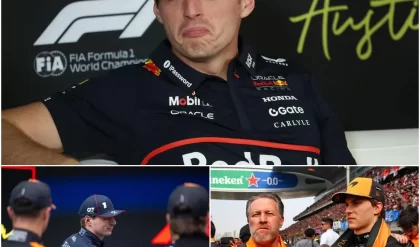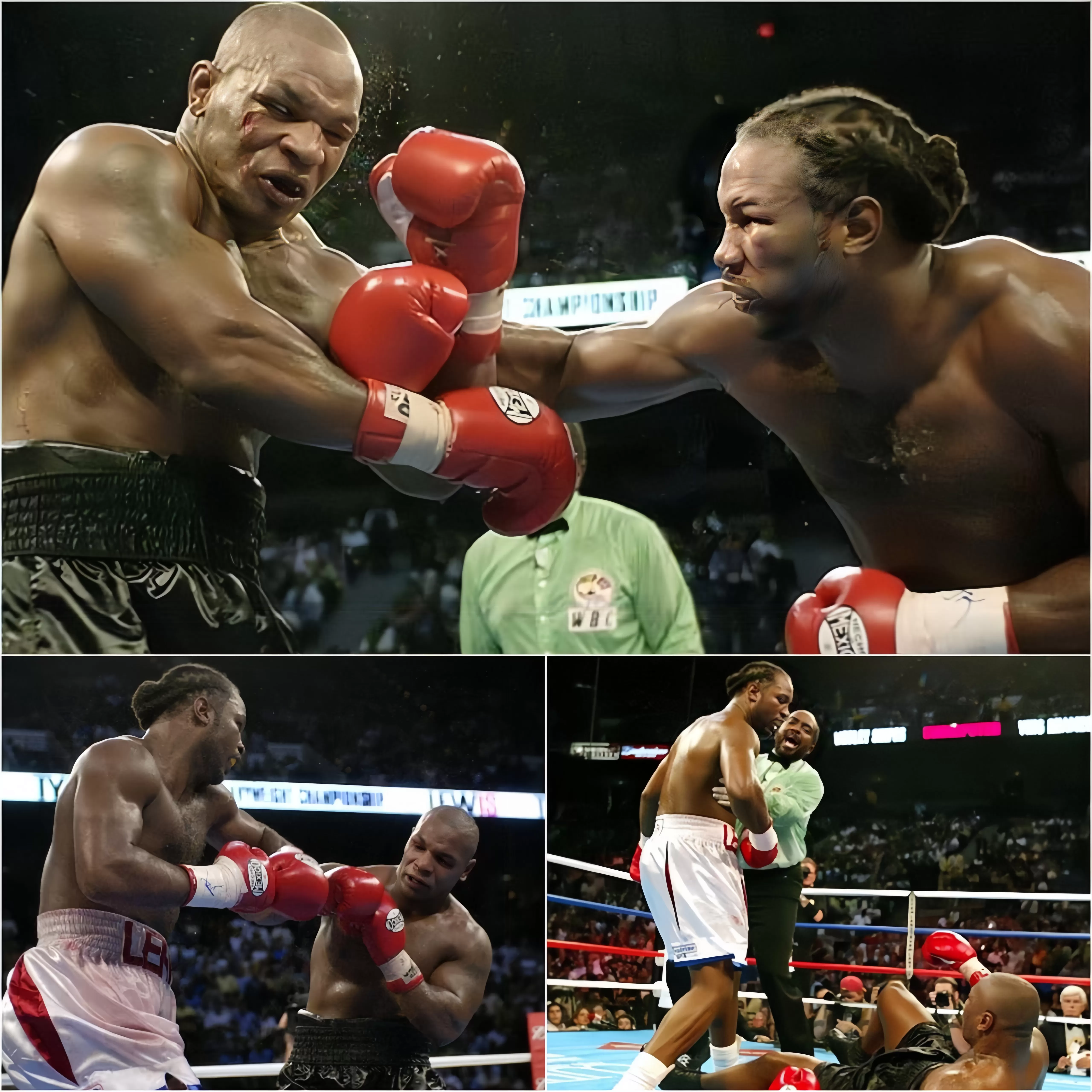
Mike Tyson, once hailed as one of the most dominant and ferocious boxers in the history of the sport, has seen his career go through remarkable highs and painful lows. His speed, power, and unrelenting aggression made him a nightmare for opponents in his prime. However, in his later fights, Tyson’s once-legendary abilities seemed to fade. Critics and fans alike have noted a significant decline in key areas of his boxing style, particularly in his footwork, ability to create angles, and timing. This article delves into Tyson’s decline as a fighter, examining how the loss of these crucial elements impacted his performance in his later career.

During his prime, Tyson was a master of footwork and timing, creating devastating angles that allowed him to dominate his opponents. His compact frame and explosive speed allowed him to close the distance quickly, often landing punches before his opponents even had a chance to react. Tyson’s footwork was not just about movement but about controlling the space in the ring—cutting off the canvas, closing off escape routes, and setting up his devastating combinations.
Many boxing analysts and fans remember Tyson’s ability to seamlessly shift between offensive and defensive strategies. He had an innate understanding of how to create angles and position himself to deliver knockout blows. The combination of his explosive power, defensive movement, and quick decision-making made him a nearly unstoppable force during his reign as heavyweight champion.
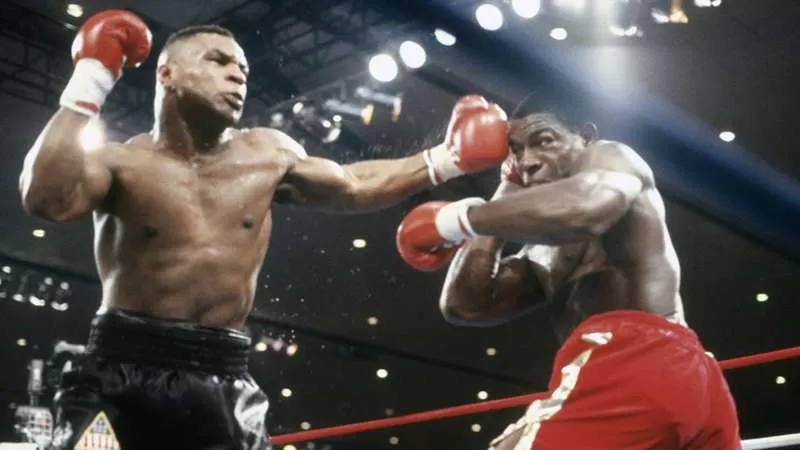
In Tyson’s later fights, particularly after his comeback in the 2000s, observers noticed a gradual decline in his footwork. Gone was the swift, fluid movement that once characterized his in-ring style. Instead, Tyson began to move less efficiently, failing to cut off the ring and corner his opponents like he once did so effortlessly. His attempts to close the distance were often sluggish, and he seemed unable to create the same angles that made him such a devastating force in his earlier years.
Footwork in boxing is crucial not only for offensive strategy but for defense as well. In his later years, Tyson appeared less agile, often standing too square to his opponent, making him an easier target for counters. The footwork that had once helped him control the ring now seemed like a forgotten skill, as he struggled to chase after opponents without the same explosive speed or smooth transitions that defined his prime.
Another key aspect of Tyson’s decline was the noticeable absence of his once-deadly combinations. Tyson was known for throwing rapid, multi-punch combinations that overwhelmed his opponents. His ability to string together punches, often culminating in a knockout blow, was one of the defining features of his early career. However, as his career progressed, his combinations became less frequent and less effective.
The rhythm that had once allowed him to unleash devastating flurries of punches seemed to vanish. Critics noted that Tyson was often relying on single power shots rather than the precision-based combinations that made him a world champion. Furthermore, his timing, which was once impeccable, appeared to falter. Tyson’s punches no longer landed with the same precision, and he struggled to find the right opportunities to deliver his best blows.
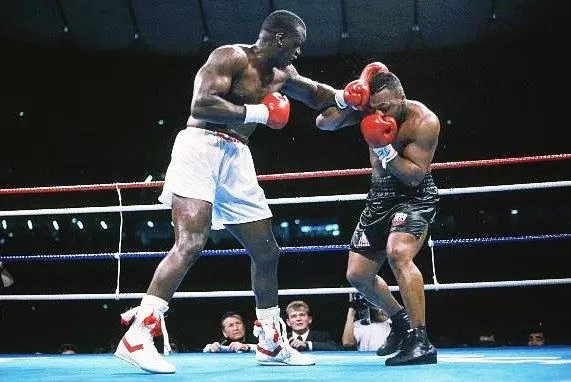
Tyson’s struggles with footwork, angles, and timing in his later fights had a direct impact on his performance in the ring. His inability to control the pace of the fight left him vulnerable to opponents who were able to keep him at a distance, tire him out, and avoid his power shots. In fights against the likes of Lennox Lewis and Evander Holyfield, Tyson’s decline became painfully evident, as he was outboxed by more technically proficient opponents.
Additionally, Tyson’s lack of offensive fluidity made him more predictable. In his prime, his ability to feint and shift angles kept opponents guessing, but in his later years, Tyson seemed to fall into repetitive patterns that made it easier for opponents to anticipate his moves. The combination of these factors led to some of the most disappointing losses in Tyson’s career, as he could no longer dominate the ring with the same intensity that once made him an unbeatable force.
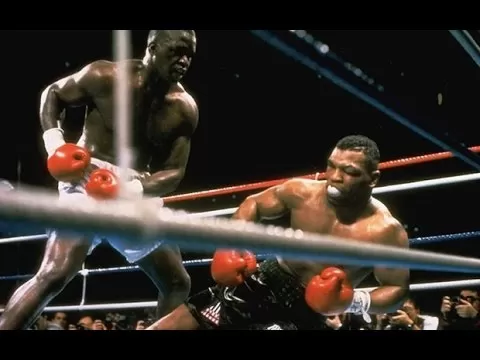
Despite his decline, Mike Tyson’s influence on the sport of boxing remains undeniable. Even in his later years, Tyson’s sheer presence in the ring demanded respect. His power, even if it was not as potent as before, still posed a threat to opponents. Tyson’s ferocity and his ability to recover after setbacks have cemented his place as one of boxing’s most iconic figures.
Tyson’s story serves as a reminder of the importance of maintaining physical and technical proficiency in all areas of boxing. The loss of footwork, timing, and the ability to create angles can diminish even the most talented fighters. However, Tyson’s impact on the sport is lasting, as he helped shape the way heavyweights approach boxing, combining speed with power in a way that was previously unseen.
Mike Tyson’s later career was marked by a decline in footwork, timing, and the ability to create angles, which ultimately impacted his performance in the ring. While his ferocious power and legacy remain intact, the loss of these fundamental skills underscored the difficulty of maintaining peak physical condition and technical prowess over time. Tyson’s decline serves as both a cautionary tale and a tribute to the greatness he achieved in his prime, offering valuable lessons for future generations of boxers about the importance of sustaining all aspects of their craft.
